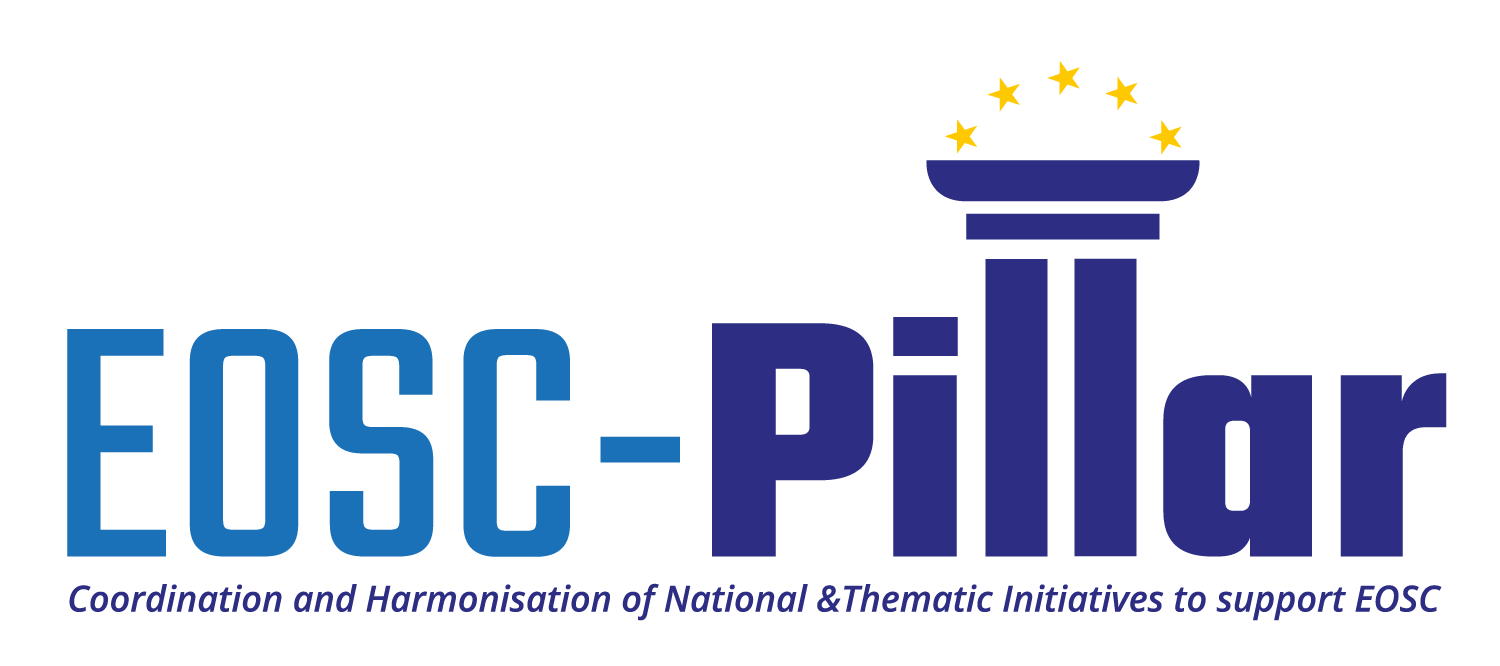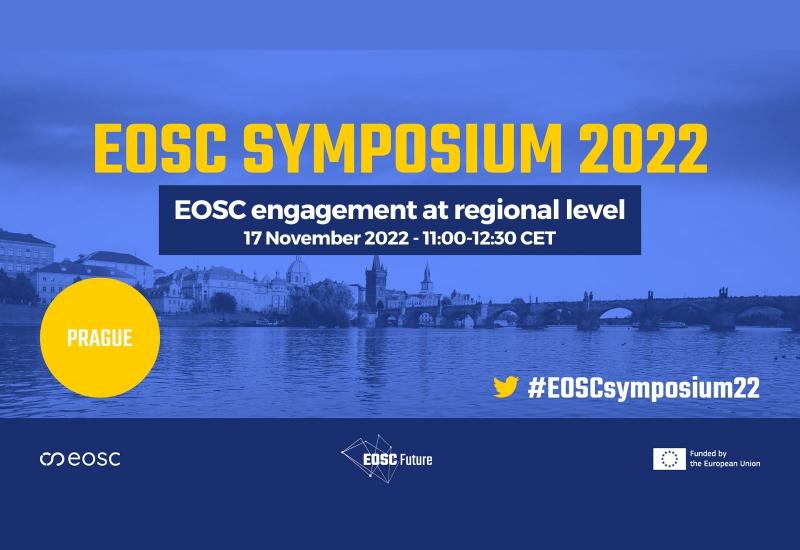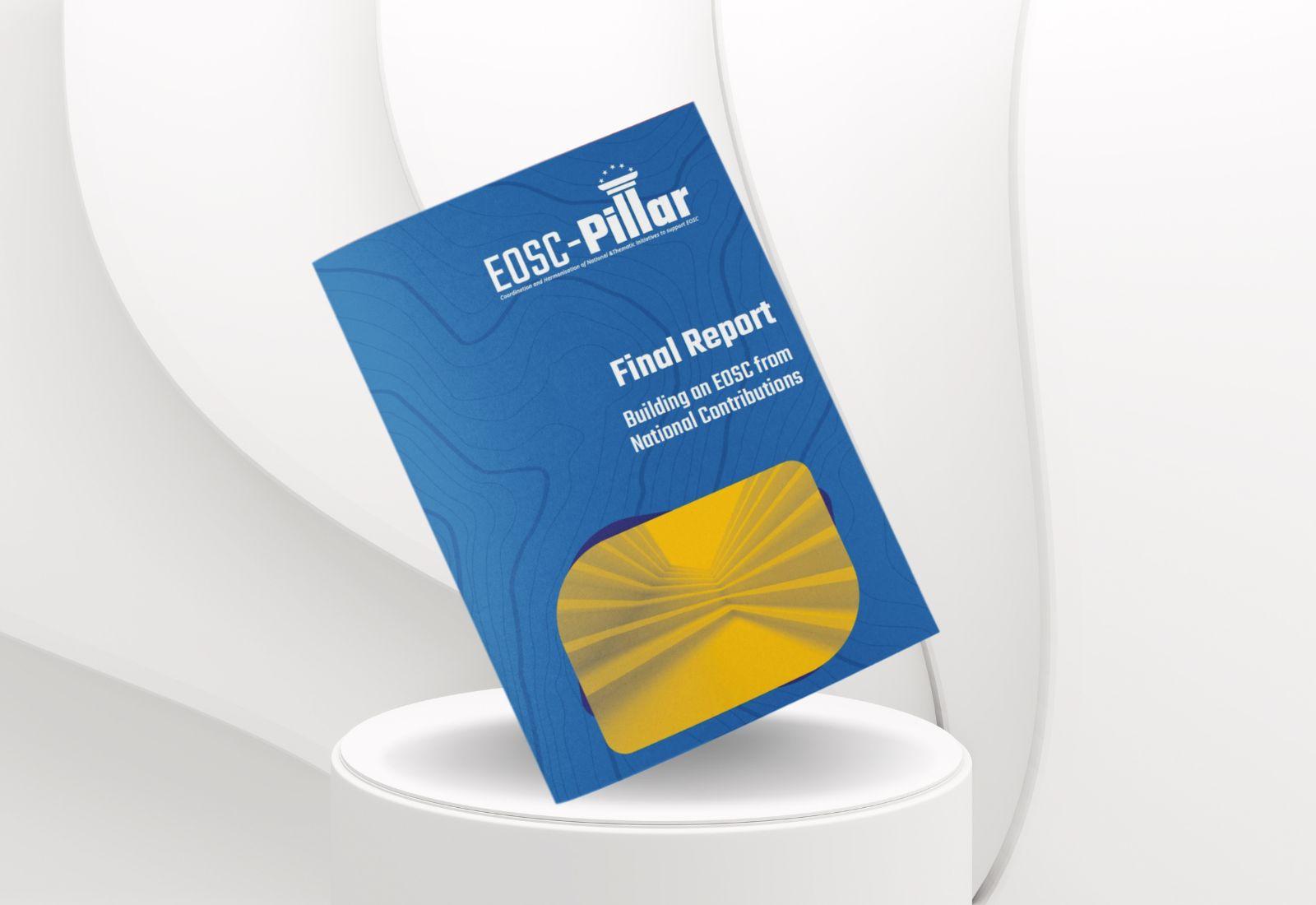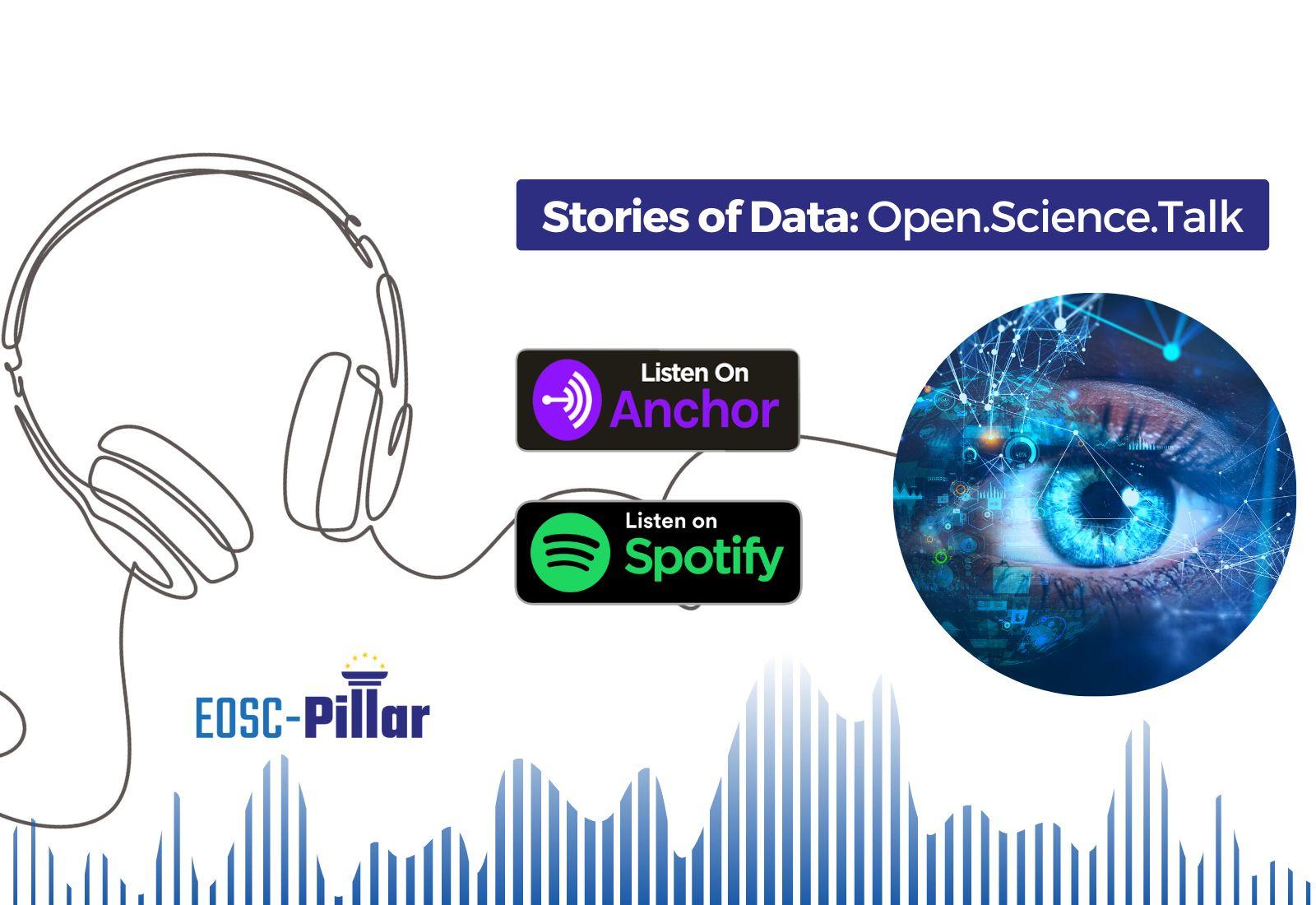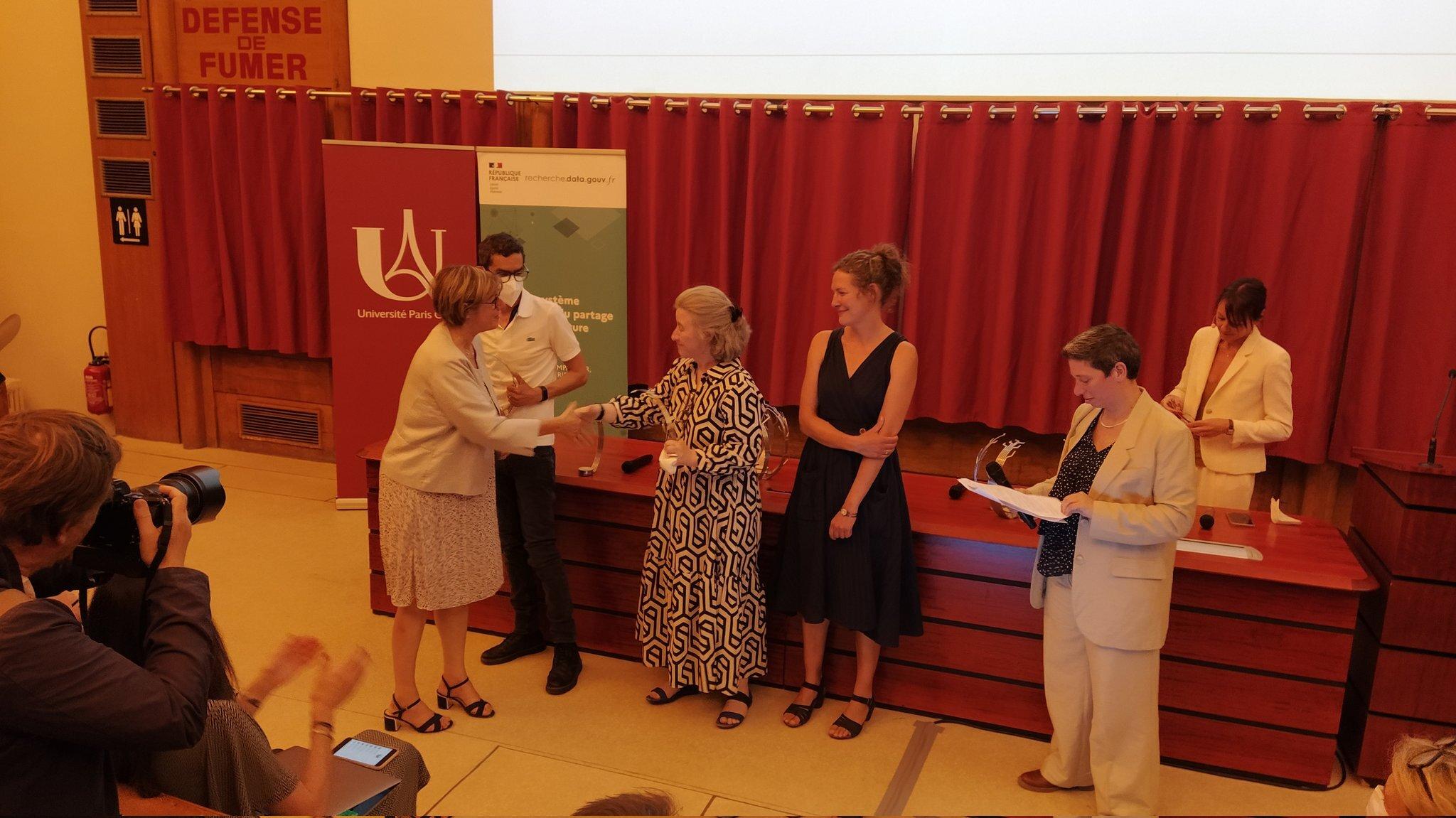
The National Initiatives Survey and its Importance
November
27,
2020
Insight

This article is taken from the EOSC-Pillar First Annual Report, you can download the full report here.
A spotlight on the research supporting infrastructure
When striving to develop the European Open Science Cloud, it is crucial to first gain an overview of the status quo concerning open science and open data in Europe. How familiar are research performing organisations and funding bodies with FAIR principles? Which policies have they already implemented? And do they expect benefits from EOSC? Do e-infrastructures restrict access to their services?
To answer these and many more questions, EOSC-Pillar has conducted the ‘National Initiatives’ survey among universities, funding bodies, research infrastructures and e-infrastructures in the five EOSC-Pillar countries Austria, Belgium, France, Germany, and Italy.
By analysing organisational, technical as well as legal aspects that are relevant to open science and managing data, the survey covered aspects comprising the whole research data life cycle - from data collection and processing to archiving, dissemination, and reuse.
The manager of the National Initiatives Survey Work Package, Lisa Hönegger from the University of Vienna, said:
“We wanted to create a comprehensive picture of the research supporting infrastructure with state-of-the-art data in order to support creating the European Open Science Cloud and to provide empirical data for evidence-based decision making.”
Some Results on EOSC and FAIR
Overall, EOSC-Pillar invited representatives of 2,204 organisations to participate in the National Initiatives survey, of which 31% seized this opportunity. Across the five EOSC-Pillar countries, 27 funding bodies, 114 universities, 229 research infrastructures and 318 e-infrastructures responded (in full or partially) to the survey. Among many other aspects, the survey asked about the familiarity with FAIR principles as well as EOSC.
Results show that a vast majority of the funding bodies in the survey perceive themselves as familiar with EOSC (69%) and the FAIR principles (77%).
Among representatives of universities, we find a lower familiarity with EOSC (41% across countries). However, the level of familiarity with FAIR data is comparable to the one found among funding bodies as 76% of the university representatives are on average familiar with FAIR principles. About half of the universities have written regulations on Open Access publications in place, whereas written regulations on FAIR data are by far less common.
We observe a similar picture regarding familiarity with EOSC and FAIR data for research infrastructures, which are on average more familiar with FAIR principles (70%) than with EOSC (29%).
E-infrastructures also show a high familiarity with the FAIR principles, more than 70% indicate to be familiar with it, with even more than 80% in Germany, France, and Italy. The familiarity with EOSC is lower across countries, with less than half of e-infrastructure representatives being familiar with EOSC.
Browse the data visualisations of the first survey results at this link.
How the Survey will impact EOSC
EOSC-Pillar shared information on the research design early onwards so that other regional projects, i.e. EOSC-Synergy, EOSC-Nordic and NI4OS-Europe, could reuse and adapt the survey design. This will facilitate comparing the research infrastructure landscape across Europe.
Within EOSC-Pillar, the data will support further project activities e.g. on business models. Moreover, the survey team is disseminating the results beyond the project to stakeholders across Europe and delivering the survey results to the EOSC governance, to national representatives of research and open science and all other stakeholders involved or interested in the implementation of the European Open Science Cloud.
In the next step, the project will engage in discussions with experts with the goal to derive recommendations from the data in order to support the harmonisation of services and ultimately their integration into EOSC. How can the momentum of Open Access publications be used to enhance FAIR
data? Which target groups need to be further convinced of the benefits of EOSC? These are some of the questions that can nourish further discussions in the future.
By having created this overview, EOSC-Pillar delivered the basis for steering policies which support developing the European infrastructure landscape for open research data and hopes to initiate fruitful developments.
The data will be available under the DOI 10.11587/VOSVGK, the summary report under the DOI 10.5281/zenodo.3937318.



